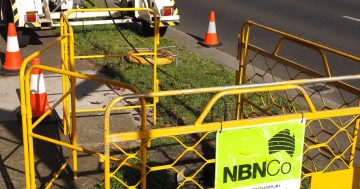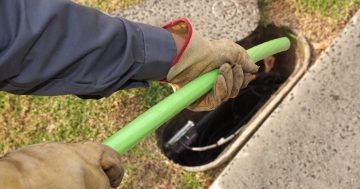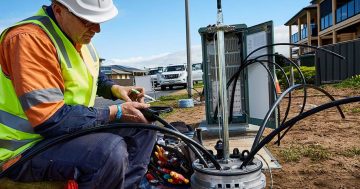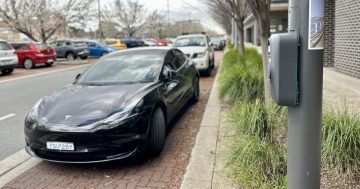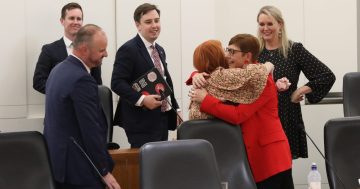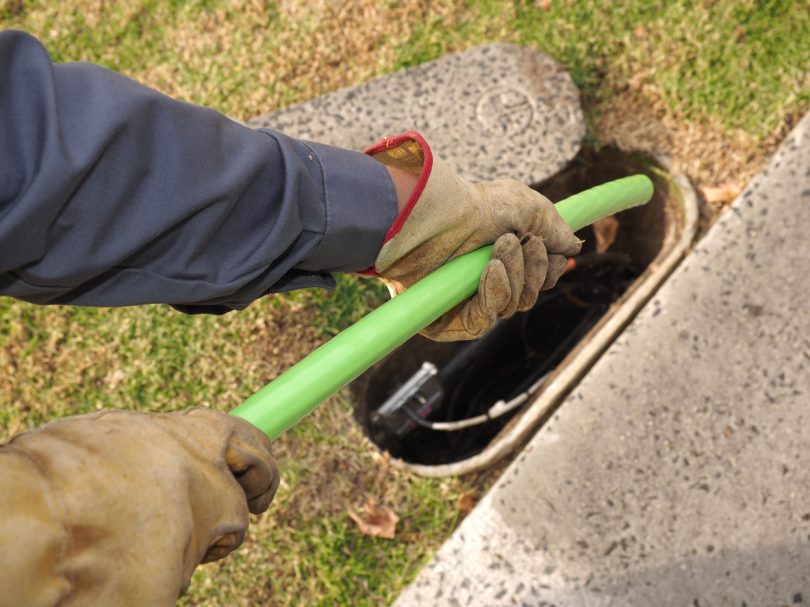
Disconnected: Internet connectivity is becoming an issue for many Canberrans.
‘When the internet is too slow to do my homework, it means I have to stay up late to finish it’.
‘My daughter drives into university at night because our home connection is too slow. I worry about her returning to a deserted campus in the late hours and spending long periods alone in computer labs, but it’s the only way she can get the speeds she needs to get core coursework done .’
‘I’m trying to build cybersecurity start-up, but it’s hard to do it from home when we don’t have a stable broadband connection.’
On a warm spring evening, nearly one hundred Canberrans gathered at the Belconnen Community Centre to discuss with Tara Cheyne MLA and me the ways they use broadband, and the challenges many are facing in getting a decent connection.
In days gone by, fast internet was a luxury. Now, it’s becoming a necessity. Streaming television. Watching university lectures. Video calls between grandparents and grandchildren. Speedy internet is like water and electricity – we expect it to be there when we need it.
Unfortunately, that hasn’t happened. Malcolm Turnbull promised that Australians would be connected to the National Broadband Network by the end of 2016. For many Canberrans, that’s just another broken promise from the Liberals.
We’ve also seen the throttling back of the original broadband model. Under Labor, nine out of ten Australian premises were to be connected with fibre to the home. The advantage of fibre is that light signals travel through glass cables. As scientists develop better compression algorithms, the signal speeds up.
But when they came into office, the Abbott-Turnbull Government decided that second-best was good enough, and opted to start rolling out fibre to the node instead. That means the glass cables stop at a box in the street, and signals have to travel down copper cables to your home.
Not surprisingly, Canberrans at our Belconnen forum bridled at the injustice of one suburb getting fibre to the home, while other suburbs got fibre to the node. They were left scratching their heads as to why the Liberals would allow one side of the street to get the best technology, while the other side of the street was left with an inferior option.
We talked about possible solutions, but the simplest would also be the most economical: a federal government that does the job right from the outset. Why build a one-lane Sydney Harbour Bridge when you know the traffic demands are only going to increase?
I’m grateful to those who shared their stories with Tara and me at our Belconnen forum, and I’ll be raising these issues in parliament and seeking answers. As former independent parliamentarian Tony Windsor once put it, ‘Do it once. Do it right. Do it with fibre.’
Andrew Leigh is the Shadow Assistant Treasurer, and his website is www.andrewleigh.com.












